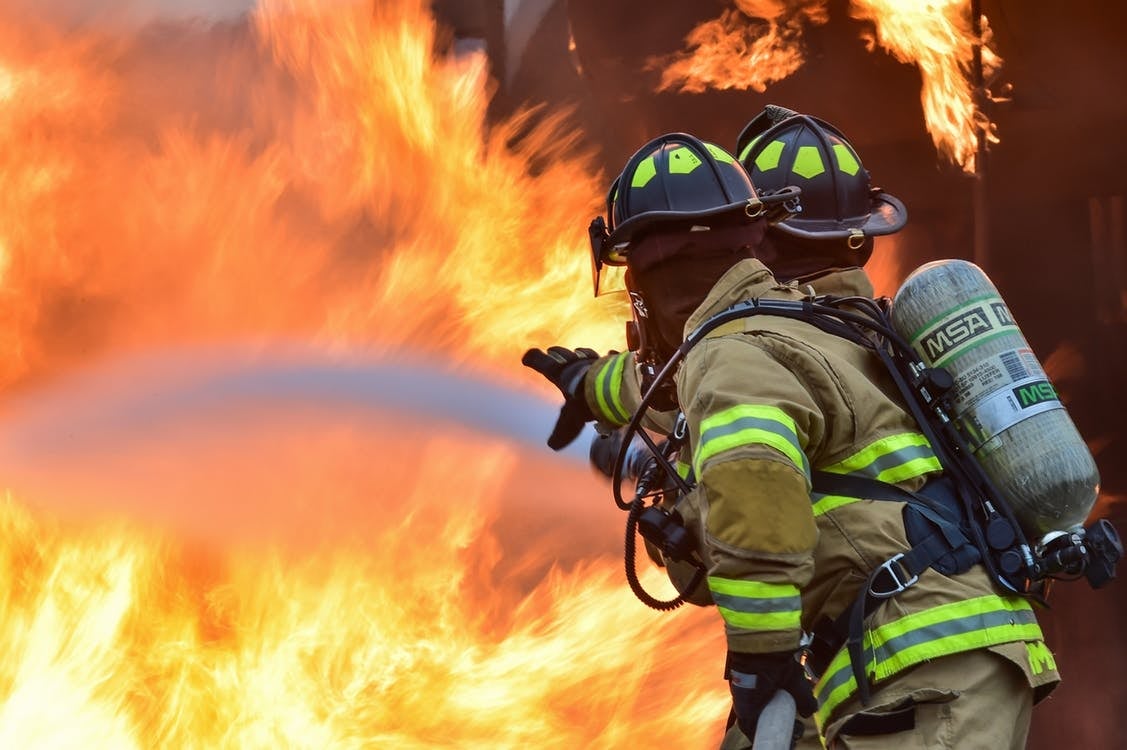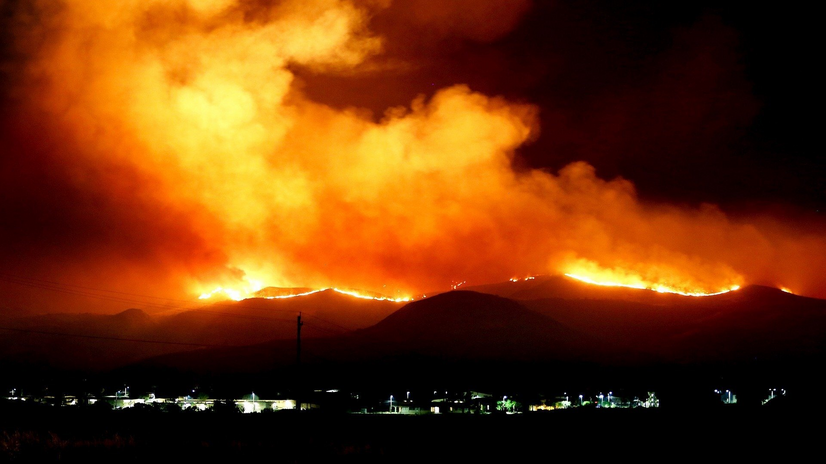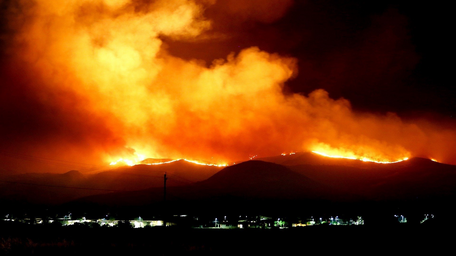As summer comes to an end and many states begin to anticipate the cooler fall weather, parts of California have been ablaze since Sep. 6 to seemingly no avail. While the Golden State is known to experience its fair share of wildfires during the summer months, the latest fire — nicknamed the Bobcat Fire — has destroyed over 100,000 acres of land and forced thousands to evacuate from their homes in the midst of a global pandemic.
What started the Bobcat Fire is unknown at this time; however, many have speculated that climate change is the culprit behind one of Los Angeles County’s largest fires in history. Others have wondered if this fire could have originated from another gender-reveal gone wrong such as the El Dorado fire that has been scorching parts of Southern California since Sep. 5. Nonetheless, climate change contributes to a rise in temperatures and drying out vegetation, both of which can be harbingers of a wildfire. Regardless of whether climate change is truly to blame for the Bobcat Fire, there has been an increase in fires as California is suffering from at least 27 wildfires that are currently burning, according to CNN.

With the Bobcat Fire at only 17 percent containment thus far, the citizens forced to evacuate their homes are displaced until further notice. When will that be? Vince Pena of the Los Angeles County Fire Department told USA Today that the fire “was projected to be contained around Oct. 30,” assuming that the fire does not grow in severity. As a result of the Bobcat Fire alone, around 4,000 people so far have had to leave their homes behind and the number continues to grow as the fire may not be fully contained until late next month.
Many Californians are no stranger to the possibility of evacuating because of rampant wildfires; however, they could not have prepared themselves for it to happen during such a time of uncertainty. With social distancing guidelines still in place and the threat of COVID-19 still very prominent, evacuation orders may impose a new risk. Nonetheless, the American Red Cross has ensured that those impacted by the Bobcat Fire are not without aid, setting up a temporary haven that has helped “more than 170 people” according to USA Today.
As the Bobcat Fire continues to burn, evacuations are not the only negative impact on California residents. With multiple wildfires occurring simultaneously on the West Coast, there are concerns for people’s health as smoke pollution begins to have a detrimental effect on air quality. Along the West Coast, the air quality has risen to and remained at hazardous levels as a result of toxic smoke from wildfires infiltrating the air we breathe.
Countless people have lost their homes and unfortunately, 26 people have lost their lives as a result of the Bobcat Fire. As local fire departments alongside thousands of firefighters work and risk their lives to contain the spread and damage of the fire, there is hope that the people of California can soon rebuild and return to some semblance of normalcy in the coming weeks.
Want to see more HCFSU? Be sure to like us on Facebook and follow us on Instagram, Twitter and Pinterest!




